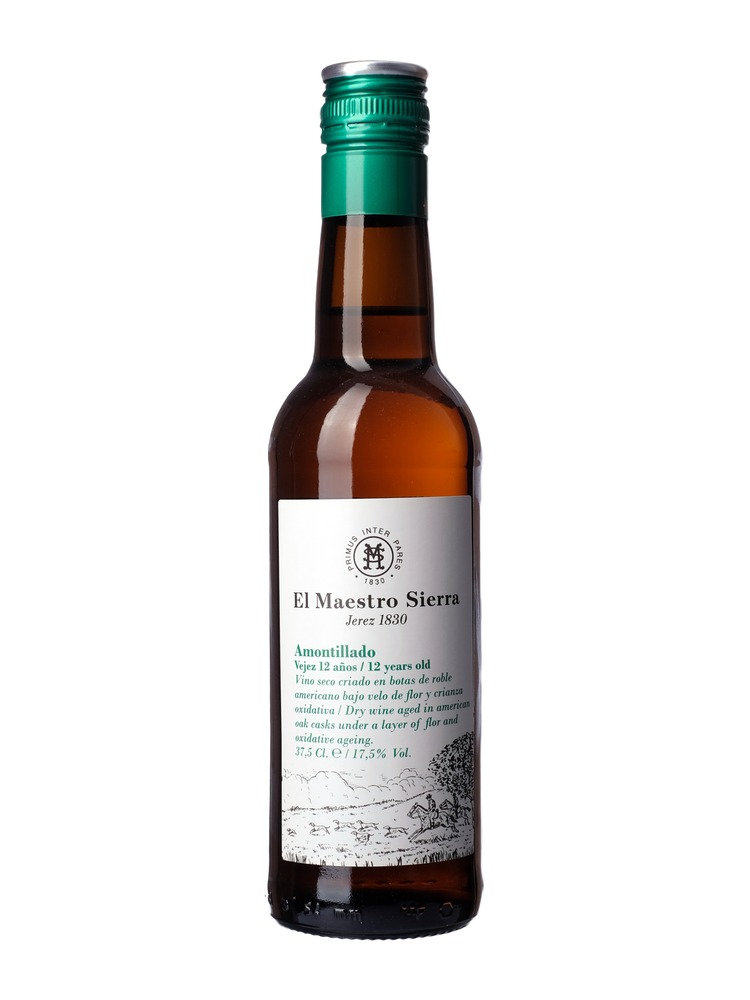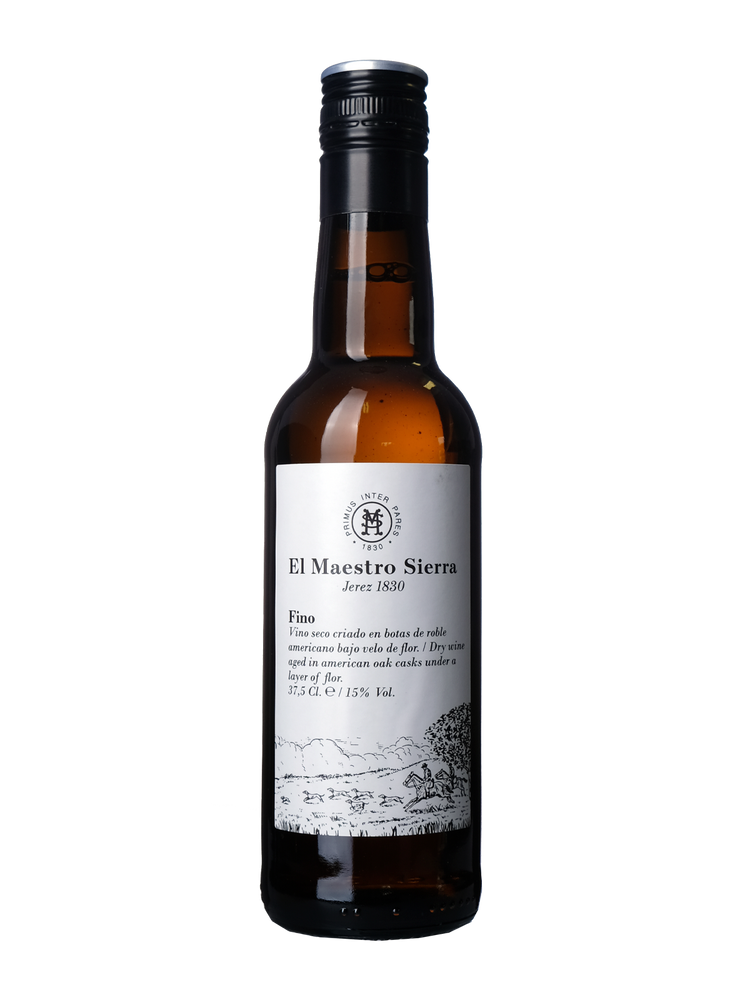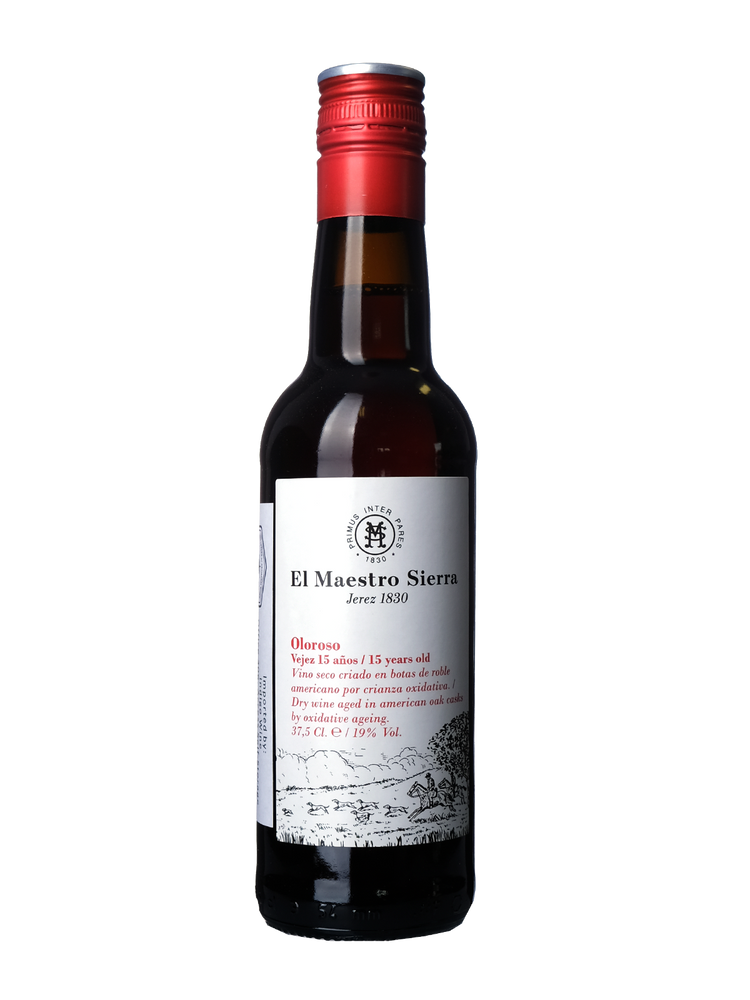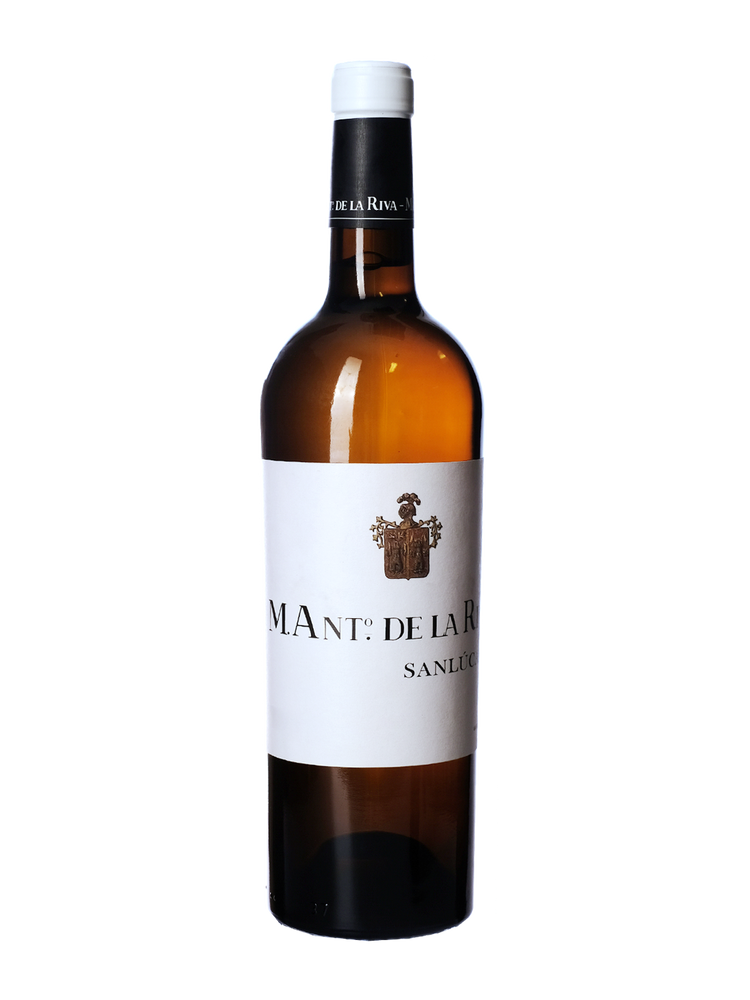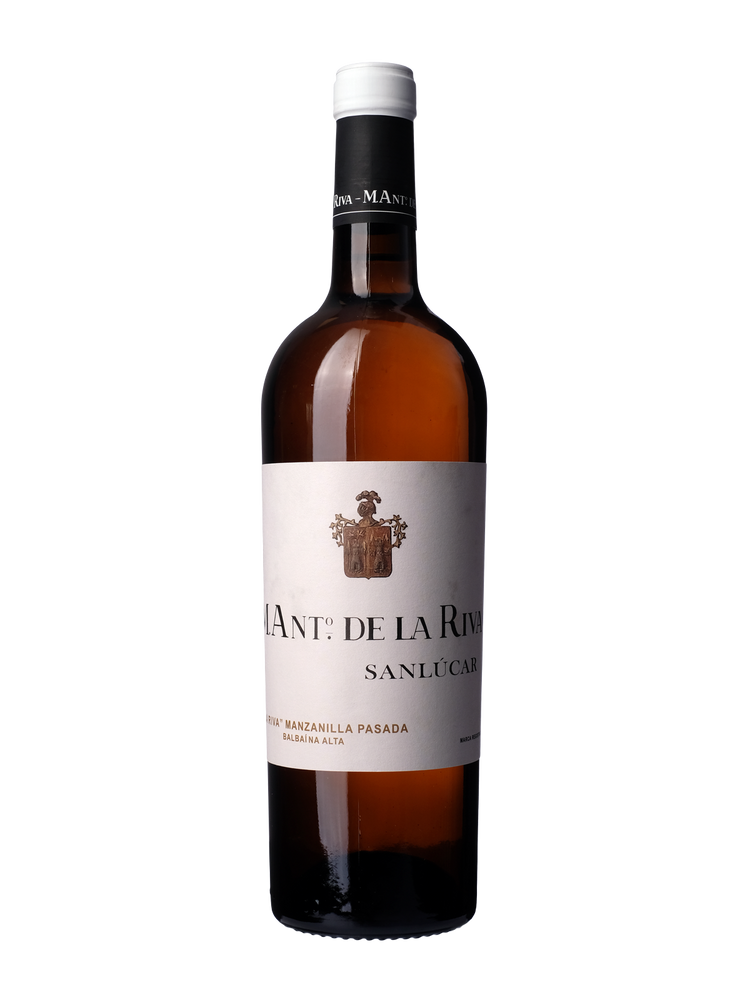In wine, as in many aspects of life, you come to realise that the more you learn the less you know. You will always meet someone with deeper knowledge, or discover an up-and-coming region. Still it’s surprising that a winemaking region with three thousand years of viticultural history, could be so misunderstood. So much so, that a blank-canvas mentality is needed when approaching Jerez from a terroir perspective.
That wines from Burgundy or Piedmont should have a sense of place is a given. However, in fortified wine regions such as Douro or Madeira, winemaking and ageing tend to cover up any nuances from the vineyard. This also applies to the so-called “classic” wines of Jerez: Fino, Manzanilla, Amontillado, Oloroso and Palo Cortado. The only reference to terroir is that of Fino and Manzanilla, indicating the place where they are aged. The coastal town of Sanlúcar de Barrameda has milder and more constant temperatures than Jerez de la Frontera – 20km inland – and higher levels of humidity, conditions that are beneficial to the development of a flor yeast layer on top of the wine. This means that Manzanilla from Sanlúcar, protected from oxygen by this thicker layer of flor, tends to be more biologically influenced than Fino. The palate is lighter, as a result of the lower level of glycerol consumed by this layer of yeast, and different flavours develop in the wine.
The origin of the grapes, which is generally considered the cornerstone of terroir identification, plays no role whatsoever in Sherry categories.

The origin of the grapes, which is generally considered the cornerstone of terroir identification, plays no role whatsoever in Sherry categories. Grapes from the dozens of different pagos - individual vineyard parcels like lieu-dit in Burgundy - are normally blended, masking any sense of place in the final wines.
Not all terroir is created equal
What terroir-obsessive winemakers in Jerez, such as Willy Pérez and Ramiro Ibáñez, are trying to communicate is that if the different pagos are understood, and respect is paid to the origin of the grapes, the resulting wines are the best evidence that vineyards show clear distinctions between them.

The first factor is the altitude of the plots. Despite being a low altitude region where vineyards range between sea level and 135m above it, there are crucial soil differences. Ancient geological movements during the formation of the Guadalquivir river created the perfect conditions for simple algae called diatoms to thrive. They have silica in their cell walls, and as the seawater receded this was deposited forming the basis of the chalky albariza soils which Jerez is known for today. The best type of albarizas only appear above 45m of altitude, whilst the soils below that are richer in clay and not ideal for high-quality grape growing.

Another important factor is how close each pago is to the Atlantic Ocean. In Jerez, freshness and cooler temperatures are not achieved by looking for higher altitude vineyards, but by moving closer to the ocean, which has a strong cooling effect on the region. Atlantic - or coastal - pagos such as Miraflores and El Carrascal in Sanlúcar or Balbaína in Jerez, are cooler than inland ones, such as Maína in Sanlúcar or Macharnudo in Jerez. Therefore, the wines made from coastal vineyards will be lighter, fresher and more delicate, whilst wines from inland vineyards will have more concentration and richness.
This premise sounds obvious, but very few people are looking at Jerez as a region capable of showing its sense of place.
However, when wines are made from distinctive vineyards with the highest quality soils, it is clear that terroir was always there, despite claims that Sherry is made in the winery.

